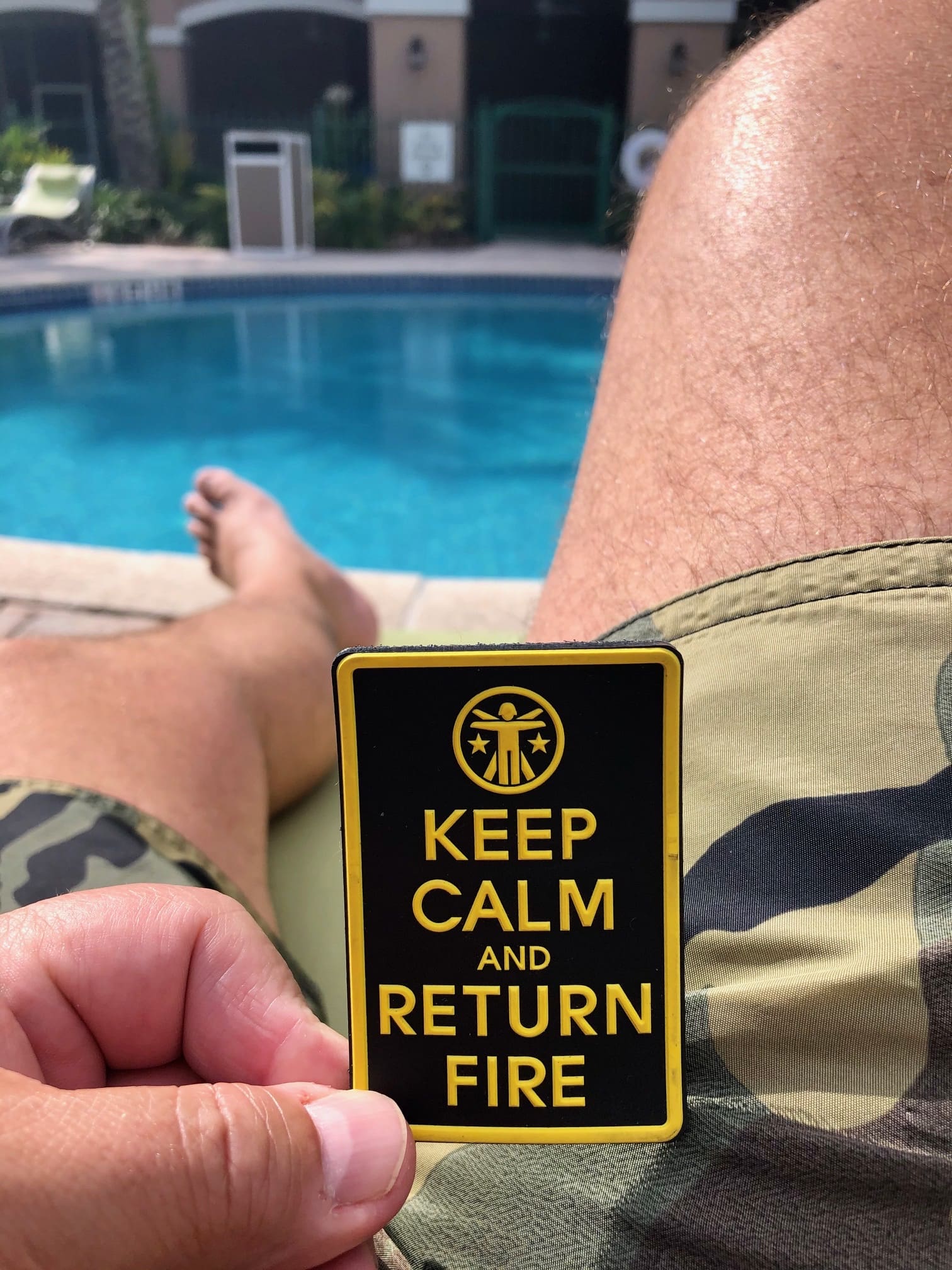
Poolside

Poolside
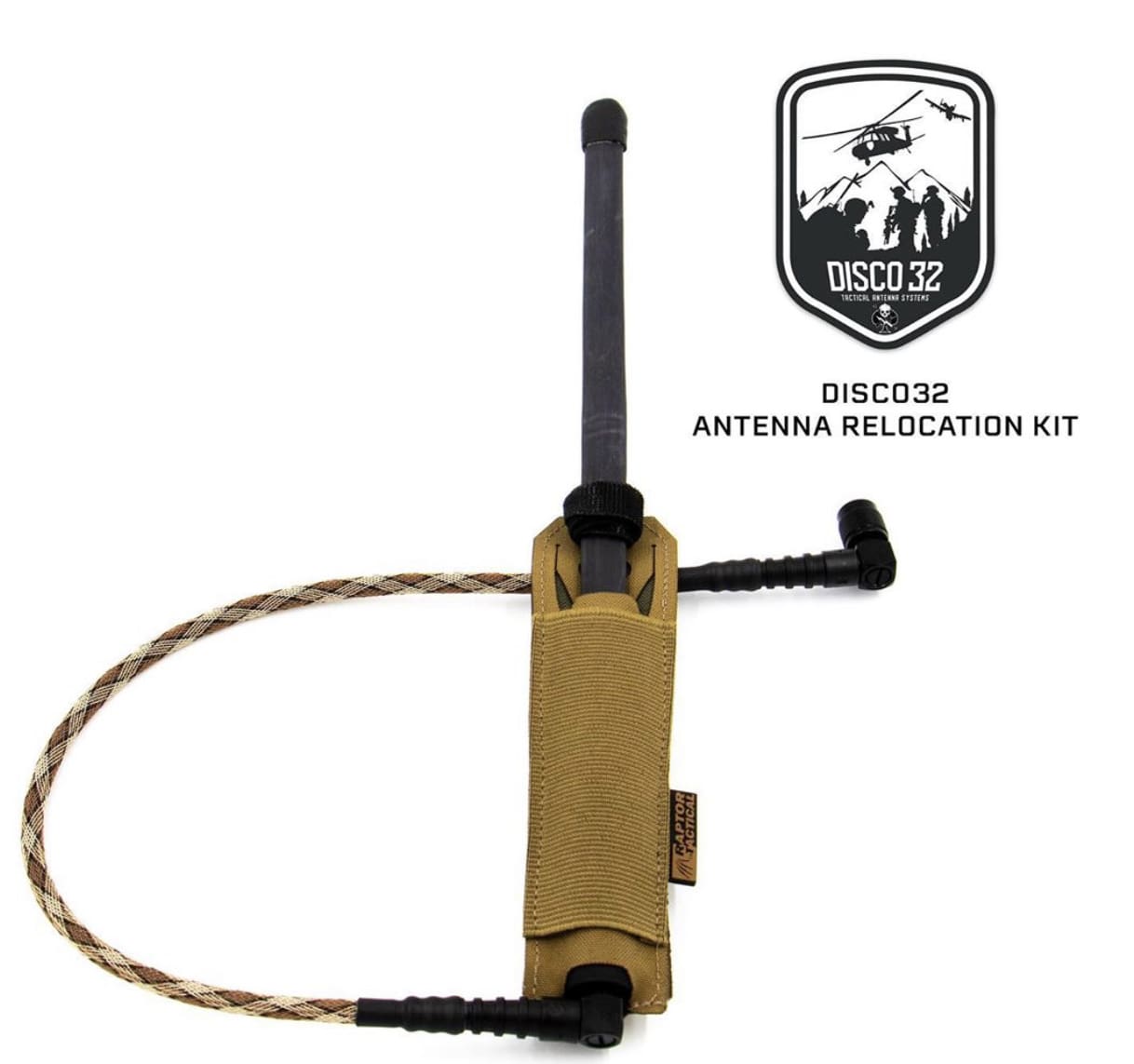
The new Antenna Relocation Kit V2 allows you to put your antenna where you want it on your kit. It has been extensively in stateside and overseas operating environments.
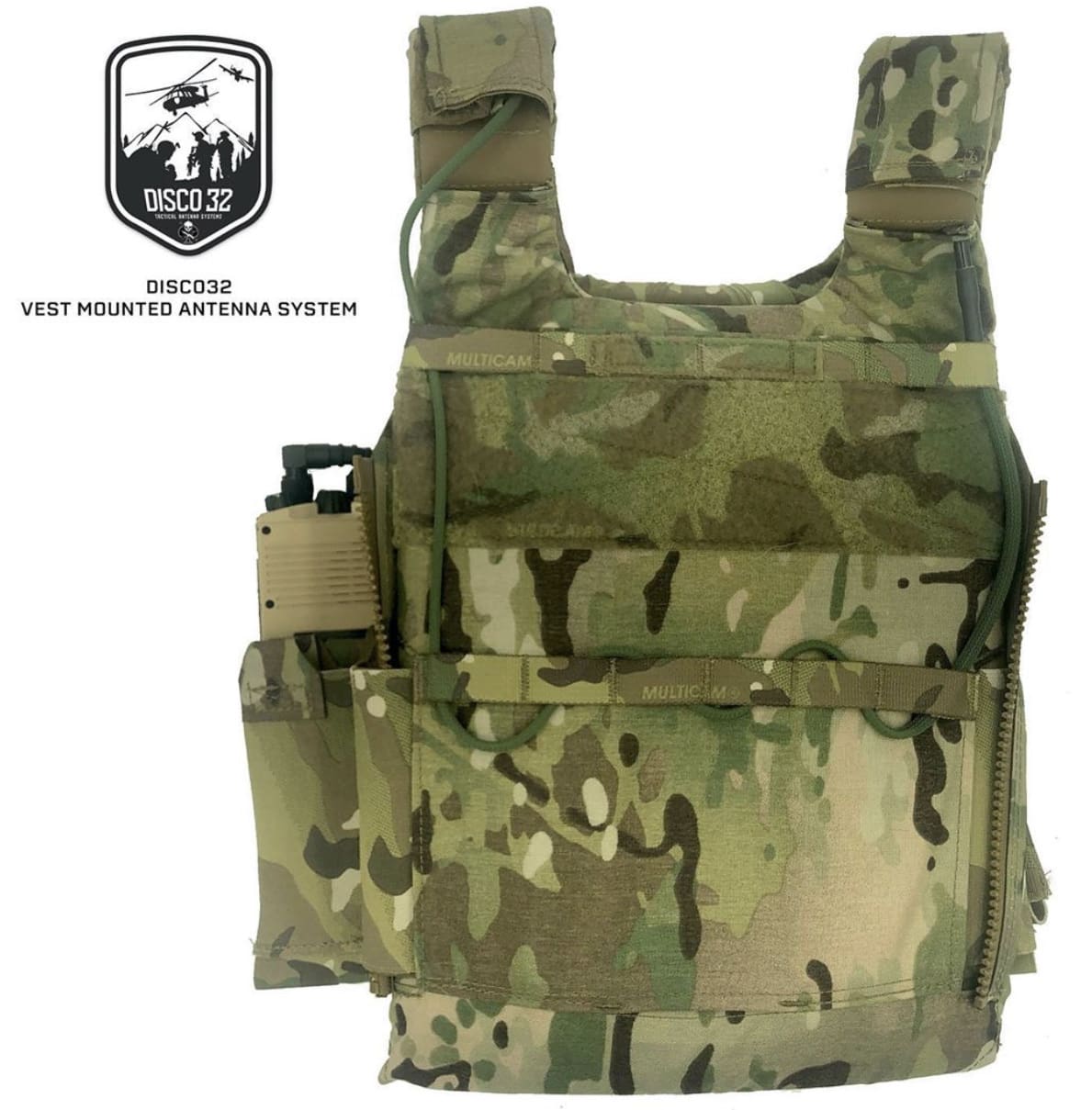
It includes:
-Harderned black chromed low loss TNC right angle RF adapters perfect for tactical communications.
-19″ high quality low loss cable with abrasion resistant sheathing
-Raptor Tactical Relocation Pouch
*Antenna not included*
Assembled in the USA
www.disco32.com/product-page/antenna-relocation-kit-right-angle
By Laurice Graves
They are now taking pre-orders for these IMPCT models on the JuggCase website. Initial shipments are anticipated sometime in November, and availability on Amazon is planned for December.

Tampa, USA, October 22, 2019. RUAG Ammotec USA is pleased to announce their participation in the 2019 National Association of Sporting Goods Wholesalers Expo (NASGW) at the Gaylord Palms Resort and Convention Center in Orlando, October 22nd – 25th. RUAG Ammotec USA will bring exciting line extensions and new products to the Expo, and will be in booth #2123.
“NASGW is our first opportunity to showcase our 2020 ammo line,” said Paul Lemke, Vice President and General Manager for RUAG Ammotec USA. “We are revolutionizing ammunition for hunters and marksmen as we also increase our offerings in the tactical and concealed carry segments.”
RUAG Ammotec USA has proven itself in the field and plans to expand on their successes with new calibers and exciting offerings in 2020.
New Additions to the Tactical Line
223 Norma Tactical is a 55-grain full metal jacket loaded to strict Norma standards that launched in 2019. This new round gives shooters excellent reliability and consistency at a reasonable price. Made with reloadable brass and high-quality components, this ammo is great for plinking, training or competition use. Norma will bring new additions to the Tactical line at NASGW.
Norma MHP Additions
Norma’s 9mm MHP is an all-copper bullet engineered for massive expansion and great stopping power. The MHP is designed to reliably feed into all pistol and carbine chambers and is calibrated for consistent, devastating terminal performance, regardless of barrel length. By achieving consistent, massive expansion, the Norma MHP is setting a new standard for personal defense ammunition. What’s next for the best available EDC round? Stop in and see.
Building on the Success of Norma BONDSTRIKE Extreme
Designed for extreme long-range accuracy and excellent performance on game at all distances, the BONDSTRIKE Extreme bullet is bonded for weight retention and penetration. Norma’s engineers developed a unique bonding technology to maximize weight retention and ensure a devastating wound channel through controlled expansion at all velocities. Combined with the inherent accuracy of Norma’s sophisticated boat-tail bullet design, BONDSTRIKE is the ideal cartridge for hunting deer, elk, antelope or any other medium to large-sized game. RUAG Ammotec USA debuted five new loads in 30 caliber in 2019 and is now adding the popular 6.5 Creedmoor to the BONDSTRIKE line.
The annual NASGW Expo offers a unique opportunity for wholesalers and manufacturers to meet and plan for the year to come. The event offers an unparalleled opportunity for professionals in the firearms industry to build cooperative relationships that ensure the viability of firearms and sporting goods retail. Stop by booth #2123 to see what RUAG Ammotec USA has coming.
WASHINGTON — The Army is now testing virtual-reality goggles that will allow Soldiers to rehearse combat missions that they are about to undertake.
The Integrated Visual Augmentation System, known as IVAS, will be tested by 82nd Airborne Division troops next month at Fort Pickett, Virginia. The IVAS goggles will allow Soldiers to see simulated images superimposed over the actual terrain.
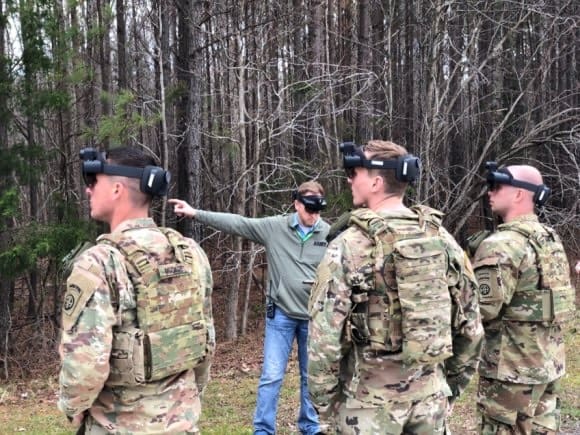
The Soldiers will wear the goggles and miniature computer equipment as they negotiate obstacle courses, run land navigation and conduct other missions, said officials from Program Executive Office Soldier.
Called Soldier Touchpoint 2, the test is designed to provide feedback to PEO Soldier so the IVAS heads-up display can be further enhanced before 200,000 of the headsets begin to be fielded in 2021.
IVAS has been touted by senior leaders as a “game-changer” for Soldier lethality and a quick win for the modernization priority.
The IVAS headsets are a good example of how artificial intelligence is being used to enhance Soldier lethality, said Brig. Gen. Matthew Easley, director of the Army’s AI Task Force.

Each pair of IVAS goggles has “significant amounts of high-tech sensors onboard and processors,” Easley said at a Warriors Corner presentation Monday afternoon during the Association of the U.S. Army Annual Meeting and Exposition.
Each IVAS headset has integrated AI chips built into the system, he said.
“Those chips are doing visual recognition,” he said. “They’re tracking a Soldier’s eye movements, they’re tracking a Soldier’s hand as it interfaces with the system, and they’re tracking a Soldier’s voice.”
The IVAS headset “uses a customized AI piece” to make it work, he said.

AI will be an enabler for all of the Army’s modernization programs over the next decade, Easley said.
“Each one of those systems need AI,” he said, from Future Vertical Lift to Long-Range Precision Fires to the Next Generation Combat Vehicle.
“AI, as you know, is becoming a pervasive part of our society,” he said.
“Every system that you can think of — from self-driverless cars to ride-sharing applications, to restaurant recommendation systems to healthcare systems — they span every area of our society.
“They need to span every battlefield system that we have,” as well, he said, from maneuver to fire control.
By Gary Sheftick, Army News Service
Developmental Warfighter Gear PCB sets new standard for “low-pro”
For Immediate Release
DEVCORE Gear is happy to announce that its PCB (Plate Carrier Backpack) is now available for pre-order, with fulfillment to begin during early November. The PCB is not just another “bulletproof backpack” or armored backpack with soft armor panels stowed inside. It is a rapidly deployable, fully modular plate carrier concealed within a sturdy, well-designed, but innocuous backpack. In short, it’s legitimately “lowpro”.
In addition to housing a front and back hard-armor plate carrier, the BCB is perfectly capable of concealing SBRs, PDWs, AR15 pistols and the like and allowing their deployment on demand. This isn’t an SBR bag used to stow a weapon for transit. This pack maintains the weapons in a ready status so they can be produced and presented quickly at need.
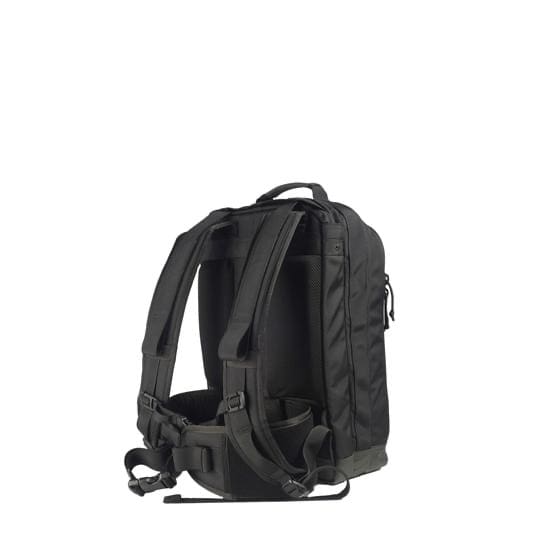
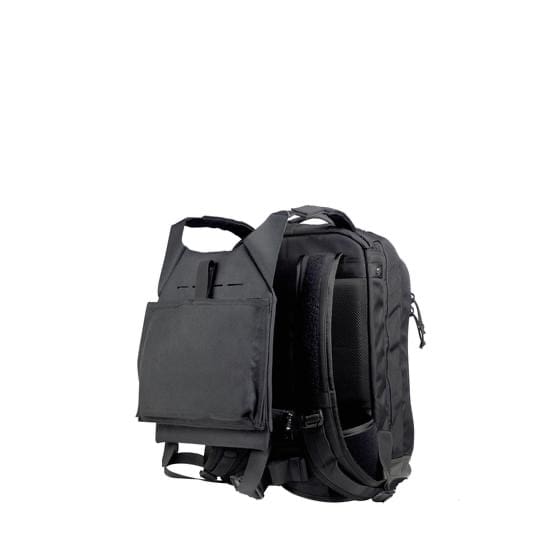
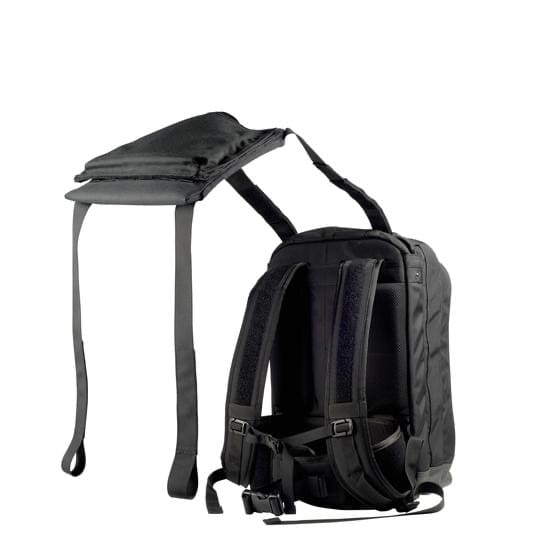
Soldier Systems Daily readers may enter SSD25 at checkout to receive a 25% discount on their purchase.
As you can see, the wearer can go from backpack to armed up and pistol ready in just a couple of seconds. Readying a long gun requires less than another couple of seconds. This makes it a superb option for lowpro and low visibility work in semi- or non-permissive environments. It would also serve well in those situations where it’s better to remain low key and prepared vs. “jocked up” and ready. Such operations might include surveillance, hiding “in plain sight” in a crowd during high profile events, pre-positioned support elements of PSD personnel, and similar mission sets.
The pack would also obviously be an excellent way to keep active shooter response kit on standby or as the primary holdall for bail-out bags, bug-out bags, and get-home kits.
DEVCORE will not ship ballistic armor OCONUS.
Current inserts include:
• IFAK module (medical kit insert)
• Admin Pouch (utility insert)
• Chest holster (PCB plate carrier holster module)
• Covert rifle case (long gun weapon module)
FEATURES
? Rapid deployment armor system is interchangeable for armored protection with either soft IIIA armor or hard armor plates
? Front and back armor is concealed within hidden backpack compartment until it’s deployed
? Bottom concealed compartment has a quick release pull handle for rapid deployment of various inserts such as the DEVCORE Medic Kit, DEVCORE Utility Kit and other custom inserts coming soon.
? Full zipper front main compartment with interior Velcro panel to secure various pouches and accessories for storage and transport
? Front zippered slash pocket to stow personal items such wallet, phone and other smaller items
? Padded exterior back panel for comfort fit
? Padded low profile adjustable shoulder straps
? Slim comfort adjustable waist belt with exterior lined Velcro to secure deployed front armor carrier to front torso
? Adjustable quick-release chest strap to stabilize backpack when in use
? Hidden document compartment accessed behind waist belt connections on back exterior panel
PRODUCTS SPECS
? Backpack built from 1000D Ballistic Nylon
? YKK zippers throughout
? Large Velcro panels
? Breathable mesh padding
? Main Backpack Dimensions: 20 in. L x 13.5 in. W x 7 in. D
? Middle Concealed Compartment Dimensions: 1 in. L x 12 in. W x 2 in. D
? Back Armor Insert Pocket: 14.75 in. L x 11 in. W x .75in. D
? Weight, backpack only with empty carrier: 7 lbs.
? Weight with front & back level IIIA Soft Armor Panels: 10 lbs.
? Weight with front & back Hard Armor Panels: 13 lbs.
? Proudly made in the USA
Learn more: www.devcoregear.com; take a look at what believe to be the best tactical pen around while you’re there.
Contact Brian Miller: contact@abxgroupinc.com
ACWORTH, GA – True Precision, the industry leading manufacturer of pistol accessories has today announced the release of their aftermarket Sig Sauer P365 XL Barrels. Options of barrels will be Threaded 1/2X28” and Non-Threaded. Coating options will also be consistent with True Precision’s past offerings such as Gold TiN, Black Nitride, Grey, Copper and several other custom colors.
Exciting improvements were made to the design and were thoroughly considered during development. One implemented upgrade is a widened feed ramp to allow smoother feeding with all types of 9mm ammunition. Hollow Point defense ammunition is now easily fed with the addition of True Precision’s aftermarket barrel. There are noticeable aggressive chamfers that were added to the lower area of the lug to reduce metal peening that was experienced on earlier production OEM models. Each Barrel is checked multiple times throughout the manufacturing process for concentricity to ensure the quality True Precision consistently delivers. The rifling process is cut broached for dependable accuracy. Whether looking for a direct non-threaded replacement barrel or wanting the options that a threaded barrel delivers, the shooter will feel the difference of a True Precision Barrel.



True Precision also makes barrels for the Sig Sauer P365, Glock 19, Glock 26, Glock 43 and Smith & Wesson M&P Shield 9. With the overwhelming popularity of micro sub-compact pistols, True Precision aggressively works in that market. True Precision has seen a need for the aftermarket of these Sig Sauer pistols in particular, so Sig P365 and P365 XL owners can rest assured there are some exciting products in the pipeline coming their way.
Jason Allen, CFO of True Precision said “listening to the wants and needs of our customers is always in the forefront of our minds. Without our amazing customer base, we cannot conduct business successfully.”
Although SOCOM started fielding the M4A1 Carbine In 1994, 3rd SFG(A) went to Haiti with the M16A2 and didn’t receive ours until we returned to Ft Bragg in the spring of 95.